A Kick-ass Female Perspective on Comics That’s Disturbingly Close to Real-Life: The Refrigerator Monologues by Catherynne M. Valente
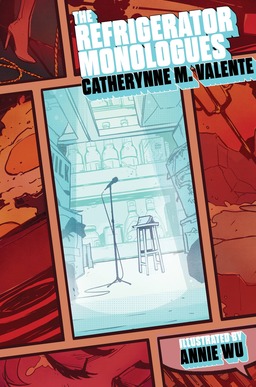 The Wonder Woman movie has received considerable buzz for depicting an interesting lead female character who actually has a personality, is not dependent on some guy to come to her rescue and truly is the star attraction; it even has a female director. It’s enough to make you forgive the silly and at this point yawn inducing CGI pyrotechnics between good and evil ending that is apparently sacrosanct in these sort of flicks. Look, I enjoyed the movie, but for all its merits it’s still a sad commentary of our times that Wonder Woman is considered somehow ground breaking. Problem is, compared to the latest crop of superhero movies (maybe even movies in general) the bar isn’t set very high.
The Wonder Woman movie has received considerable buzz for depicting an interesting lead female character who actually has a personality, is not dependent on some guy to come to her rescue and truly is the star attraction; it even has a female director. It’s enough to make you forgive the silly and at this point yawn inducing CGI pyrotechnics between good and evil ending that is apparently sacrosanct in these sort of flicks. Look, I enjoyed the movie, but for all its merits it’s still a sad commentary of our times that Wonder Woman is considered somehow ground breaking. Problem is, compared to the latest crop of superhero movies (maybe even movies in general) the bar isn’t set very high.
You want some real kick-ass female perspective on the comic book world that’s disturbingly close to real-life? Check out The Refrigerator Monologues by Catherynne M. Valente. This is a series of short stories set in shared alternate comic book universe (with characters such as Grimdark and Kid Mercury and Doctor Nocturne evoking various Marvel and DC Comics personages) linked by a sort of AA session in which deceased women (with one exception who for her own reasons hangs out among the unliving) take turns explaining how they ended up in Deadtown, i.e., thanks to some male superhero or supervillian exploit.
The title of the collection is a take-off of The Vagina Monologues — the Eve Ensler play about sex and body image told from the perspectives of a variety of women representing different ethnic, sexual and class identities — and comic book writer Gail Simone’s observation that comic book women are typically hypersexualized for a male audience and often end up “refrigerated” — killed, disabled, or otherwise rendered marginalized or powerless in order to advance a male character’s storyline. Indeed, in “Happy Birthday, Samantha Dane” the title character literally ends up in a refrigerator. (And, by the way, is just one of many great comic book kind of names that Valente invents for her cast of characters. Also by the way, it’s worth noting that in Wonder Woman a male character dies to advance our heroine’s story — perhaps an intentional inversion of the refrigerator motif?)
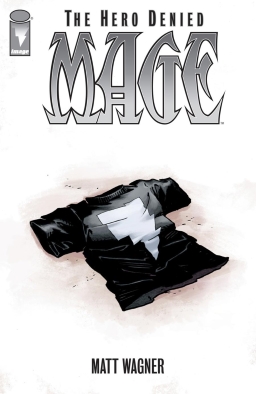 At the Emerald City Comicon in early March, Image Comics announced that starting in August they’d be publishing writer/artist Matt Wagner’s Mage: The Hero Denied, a 15-issue series with a half-length 0 issue and a double-sized conclusion. Hero Denied will be the final part of a trilogy Wagner began over thirty years ago, and I want to prepare for that last installment by looking back here at the first parts of the saga. The Mage books are two of the finest works of a great comics talent, urban fantasies mixing excellent action storytelling, a mastery of plot beats, and a sense of the mythic into gripping stories — and stories with a semi-autobiographical slant, no less.
At the Emerald City Comicon in early March, Image Comics announced that starting in August they’d be publishing writer/artist Matt Wagner’s Mage: The Hero Denied, a 15-issue series with a half-length 0 issue and a double-sized conclusion. Hero Denied will be the final part of a trilogy Wagner began over thirty years ago, and I want to prepare for that last installment by looking back here at the first parts of the saga. The Mage books are two of the finest works of a great comics talent, urban fantasies mixing excellent action storytelling, a mastery of plot beats, and a sense of the mythic into gripping stories — and stories with a semi-autobiographical slant, no less.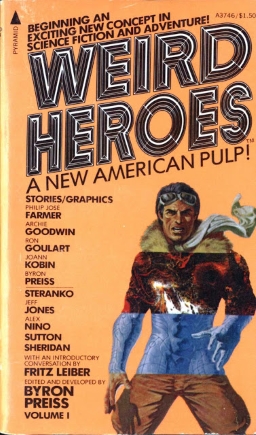 Weird Heroes was a series of eight books put out by Byron Preiss Visual Publications from 1975 through 1977, a copiously-illustrated mix of novels and short stories that aimed at creating a new kind of pulp fiction with new kinds of pulp heroes. The series had a specific set of ideals for its heroes, linked with an appreciative but not uncritical love of pulp fiction from the 1920s through 40s. Well-known creators from comics and science fiction contributed to the books, and one character would spawn a six-volume series of his own. And yet Preiss’ long-term plans for Weird Heroes were cut short with the eighth volume, and today it’s hard to find much discussion of the books online (though
Weird Heroes was a series of eight books put out by Byron Preiss Visual Publications from 1975 through 1977, a copiously-illustrated mix of novels and short stories that aimed at creating a new kind of pulp fiction with new kinds of pulp heroes. The series had a specific set of ideals for its heroes, linked with an appreciative but not uncritical love of pulp fiction from the 1920s through 40s. Well-known creators from comics and science fiction contributed to the books, and one character would spawn a six-volume series of his own. And yet Preiss’ long-term plans for Weird Heroes were cut short with the eighth volume, and today it’s hard to find much discussion of the books online (though 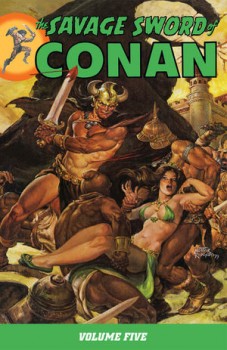
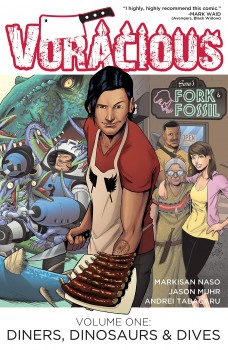
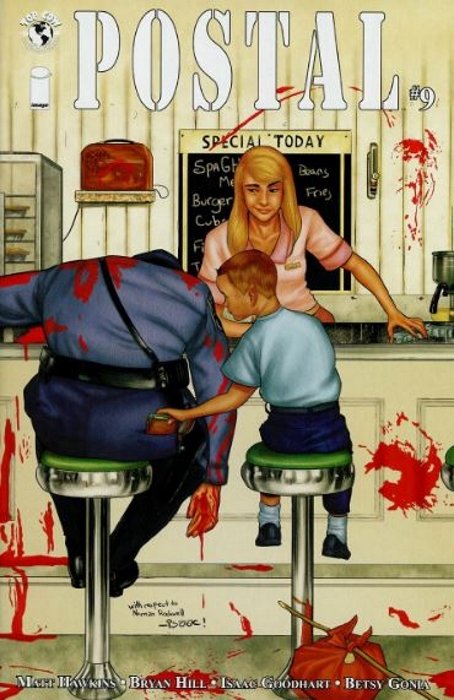
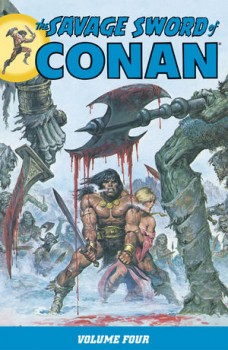
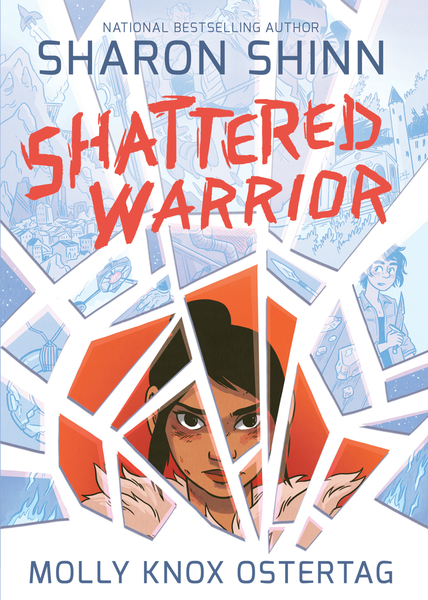
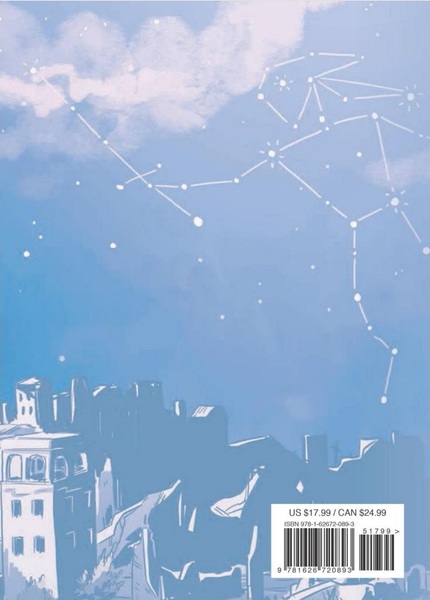
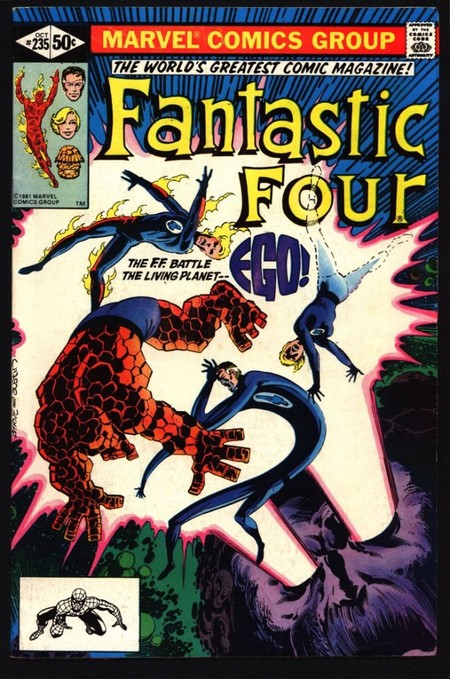
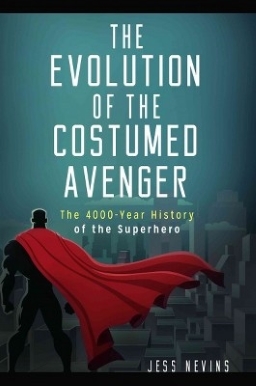 Though he’s written short stories and three self-published novels, Jess Nevins is likely best known as an excavator of fantastic fictions past: an archaeologist digging through the strata of the prose of bygone years, unearthing now pieces of story and now blackened ashes of some once-thriving genre long since consumed and built over by its lineal successor. Across annotated guides (three to Alan Moore and Kevin O’Neill’s League of Extraordinary Gentlemen, one to Bill Willingham and Mark Buckingham’s Fables) and self-published encyclopedias (of Pulps and of Golden Age Superheroes with Pulp Heroes soon to come, as well as 2005’s Monkeybrain-published Encyclopedia of Fantastic Victoriana) Nevins has reassembled old pieces of fantastika, indicating direct influences on modern writing and establishing directories of almost-forgotten story. He’s one of the people broadening the history of genre, in his books, and in articles such as
Though he’s written short stories and three self-published novels, Jess Nevins is likely best known as an excavator of fantastic fictions past: an archaeologist digging through the strata of the prose of bygone years, unearthing now pieces of story and now blackened ashes of some once-thriving genre long since consumed and built over by its lineal successor. Across annotated guides (three to Alan Moore and Kevin O’Neill’s League of Extraordinary Gentlemen, one to Bill Willingham and Mark Buckingham’s Fables) and self-published encyclopedias (of Pulps and of Golden Age Superheroes with Pulp Heroes soon to come, as well as 2005’s Monkeybrain-published Encyclopedia of Fantastic Victoriana) Nevins has reassembled old pieces of fantastika, indicating direct influences on modern writing and establishing directories of almost-forgotten story. He’s one of the people broadening the history of genre, in his books, and in articles such as